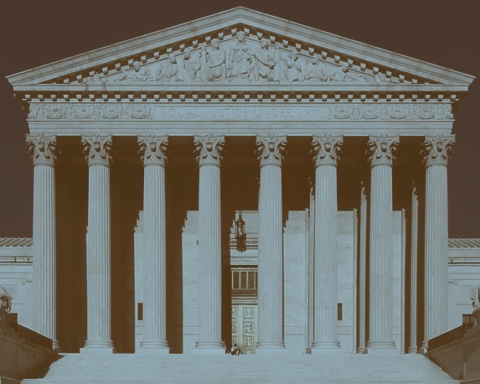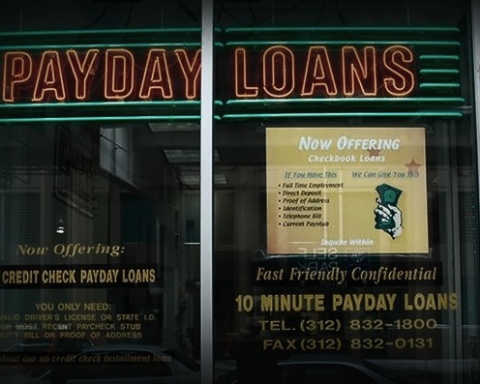Succumbing to legal pressure built around mounting health problems suffered by first responders to the World Trade Center, the Environmental Protection Agency (EPA) has agreed to respond to a whistleblower and a government watchdog group, who both demanded that the agency update its corrosive dust standards.
According to court documents released on Monday by Public Employees for Environmental Responsibility (PEER), the EPA must respond to a petition for stronger rules before the end of March 2016.
The current rules on toxic dust are 35-years-old, and “ten times more lax than the presumed safe levels…set by the United Nations, the European Union and Canada,” according to PEER.
The environmentalist non-profit filed suit alongside Dr. Cate Jenkins, who said the EPA had distorted scientific findings in its failure to update standards. The agency’s inaction, she said, contributed to the rash of sicknesses and deaths among first responders who assisted in the recovery and cleanup efforts at Ground Zero in Lower Manhattan after 9/11.
As a chemist at the EPA, Jenkins blew the whistle in 2006, telling lawmakers that the agency distorted the level of toxicity in dust found at the World Trade Center site, downplaying the danger of the wreckage to the public. She was subsequently retaliated against and fired. Years later, in 2013, a federal judge ordered the EPA to reinstate Jenkins, along with back pay.
A 2003 EPA Inspector General report confirmed many of Jenkin’s allegations.
“When EPA made a September 18 announcement that the air was ‘safe’ to breathe, the Agency did not have sufficient data and analyses to make the statement,” the inspector general found.
The IG went on to implicate the Bush administration for watering down what few concerns EPA did have at the time.
“The White House Council on Environmental Quality (CEQ) influenced, through the collaboration process, the information that EPA communicated to the public through its early press releases when it convinced EPA to add reassuring statements and delete cautionary ones,” the report noted.
A study done of roughly 13,000 rescue workers—more than 90% of those who labored at the site after 9/11—showed that the first responders had, on average, lost ten percent of their lung function within a year of the attack. Thirty to forty percent of workers had persistent lung problems, and nearly one thousand others had “permanent respiratory disability.”
Dozens of first responders have been diagnosed with cancer and died in recent years, likely felled by their exposure to toxic dust. NYPD detective James Zadroga died of a respiratory disease in 2006, and was the first to have his death linked to the toxic substances he inhaled while working in the recovery effort at Ground Zero.
In 2011, Congress passed legislation under Zadroga’s name that provided $4 billion for testing and treatment for 9/11 first responders who contracted health problems.
In all of that time, however, the EPA has failed to raise its toxic dust standards, which deemed safe not just the work at Ground Zero, but also ongoing construction and demolition projects.
“EPA can no longer hide from this serious public health concern; it finally has to act,” PEER’s Senior Counsel Paula Dinerstein said in a press release on Monday.
“Getting agencies like EPA to admit they have been wrong, especially when many people have died as a result, is no small undertaking,” she added.
Court records show the EPA still has ample opportunity to drag its feet on any new rulemaking. The agency agreed only to respond to the petition, not necessarily to implement reforms. Before March 31, 2016, the EPA must simply provide “an advanced notice of proposed rulemaking, a proposed rule, or a tentative determination to deny the petition.”
Should EPA reject the petition, the litigants made it clear that they would file suit against the agency again, saying that any decision against added rule making would be made without “a rational basis.”






